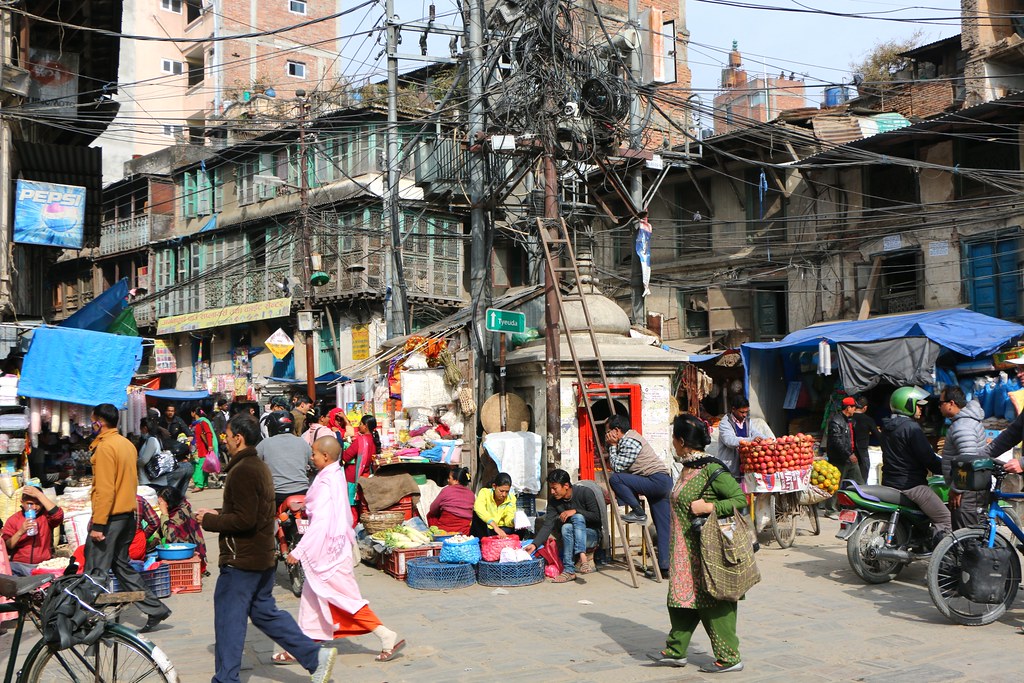Do you think that the environment in the region where you and your family live leaves much to be desired? Municipal services do not take out the garbage on time, and local industrial enterprises emit huge amounts of toxic substances into the atmosphere every day? We want to console you: some states are so polluted that the state of your city in comparison with them may seem like a standard of sterility.
We present you the top 7 most polluted countries in the world in which the environment has been suffering an almost ecological disaster for many years.
Kuwait
Almost the entire economy of this country is built around the extraction and export of petroleum products. According to experts, Kuwait has 10% of the world’s oil reserves. An average of 165 million tons of oil is produced here annually, which naturally cannot have a positive effect on the general ecological situation in the region.
The threat to the environment is not only directly oil production, but also the method of fuel storage. After all, while the oil is waiting for shipment, it often ignites spontaneously. In this case, a huge amount of harmful compounds enters the air.
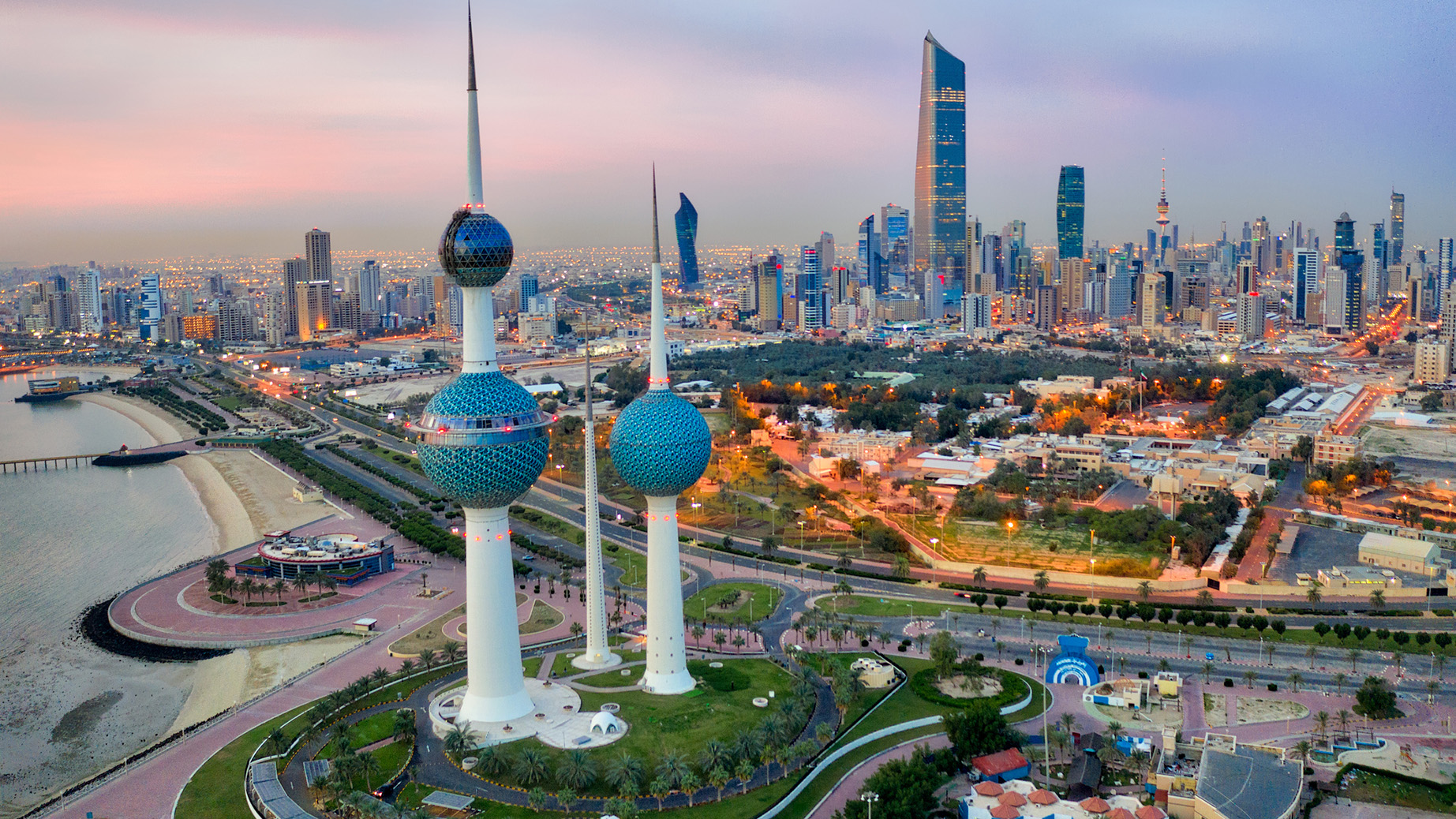
India
India is a very densely populated state. The capital – New Delhi occupies one of the leading positions on Earth in terms of pollution. This concerns the state of rivers, air and soil. The country is experiencing a shortage of fresh water, and the one that comes to the inhabitants is of very poor quality. The streets of Indian suburbs are littered with rubbish. In addition, a large amount of greenhouse gas emissions is recorded here, which also negatively affects the environment as a whole.
The reasons for this state of affairs in this country are considered to be a very low per capita income, a low level of education and the peculiarities of the mentality of the indigenous people.
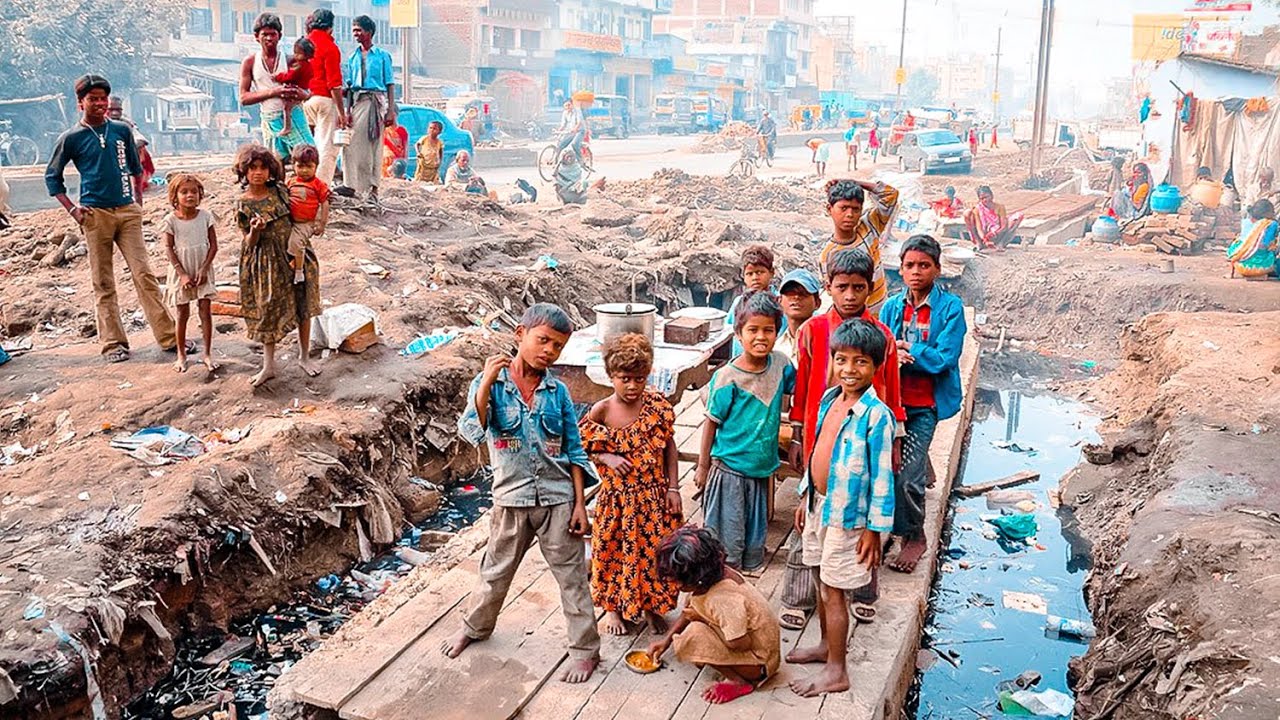
Bangladesh
For this country, unfortunately, the stable name of the “region of ecological and social disaster” has been fixed. More than a third of the country’s population lives below the poverty line, given that Bangladesh’s population density is the highest on the planet.
In addition, Bangladesh has about three hundred leather goods factories. When working with this type of raw material, outdated technologies are used here. Therefore, toxic production wastes are thrown out just like that into the surrounding space, without the use of any preliminary measures aimed at disinfecting harmful substances.
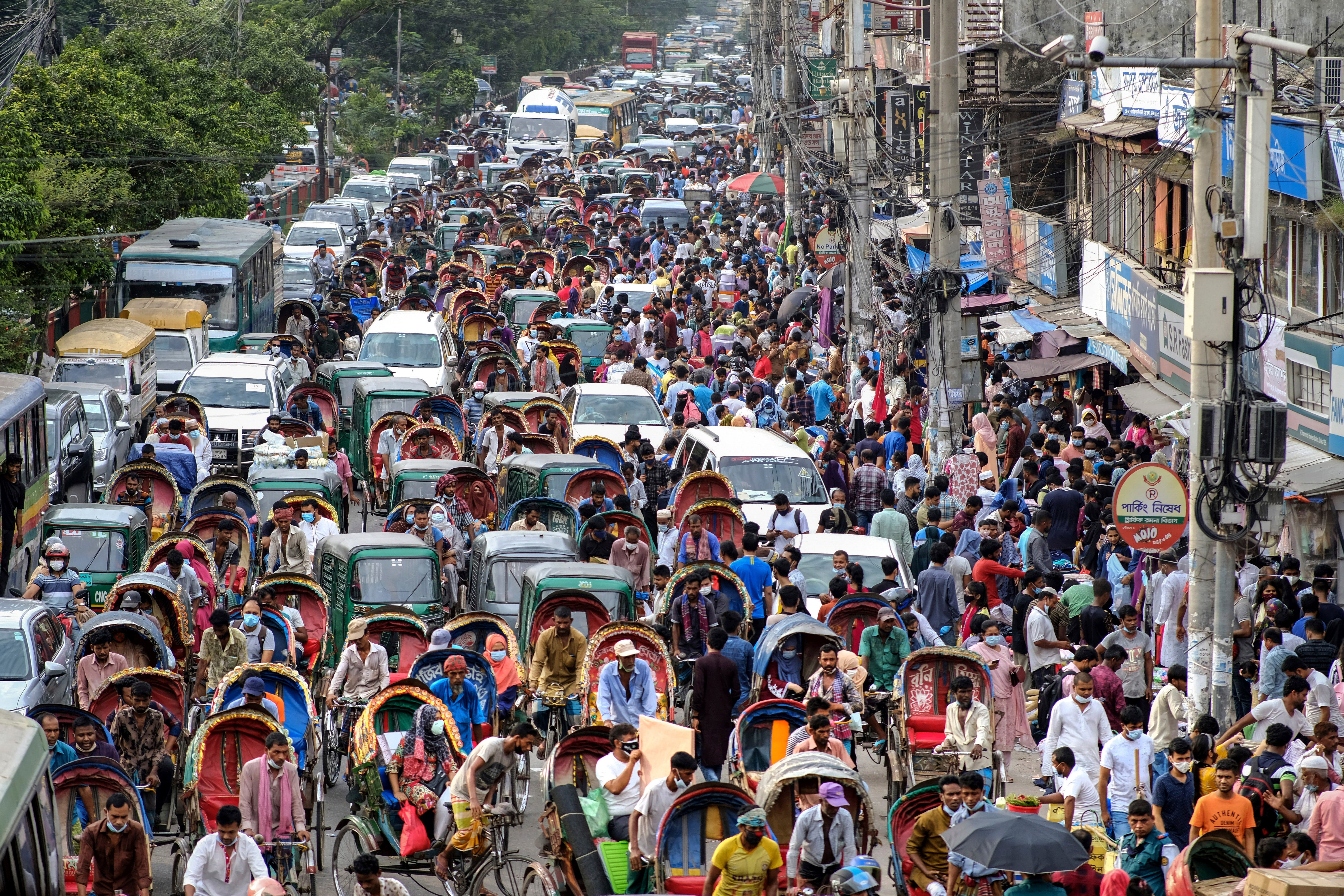
Saudi Arabia
As in most of the Gulf countries, oil in Saudi Arabia is the main source of replenishment of the budget. Therefore, a large amount of toxic substances associated with the extraction and processing of “black gold” are released into the atmosphere every day.
Most of the country’s population lives in coastal regions, which is why the bulk of household waste goes directly into the ocean, as a result of which there is a mass death of rare coral reefs.
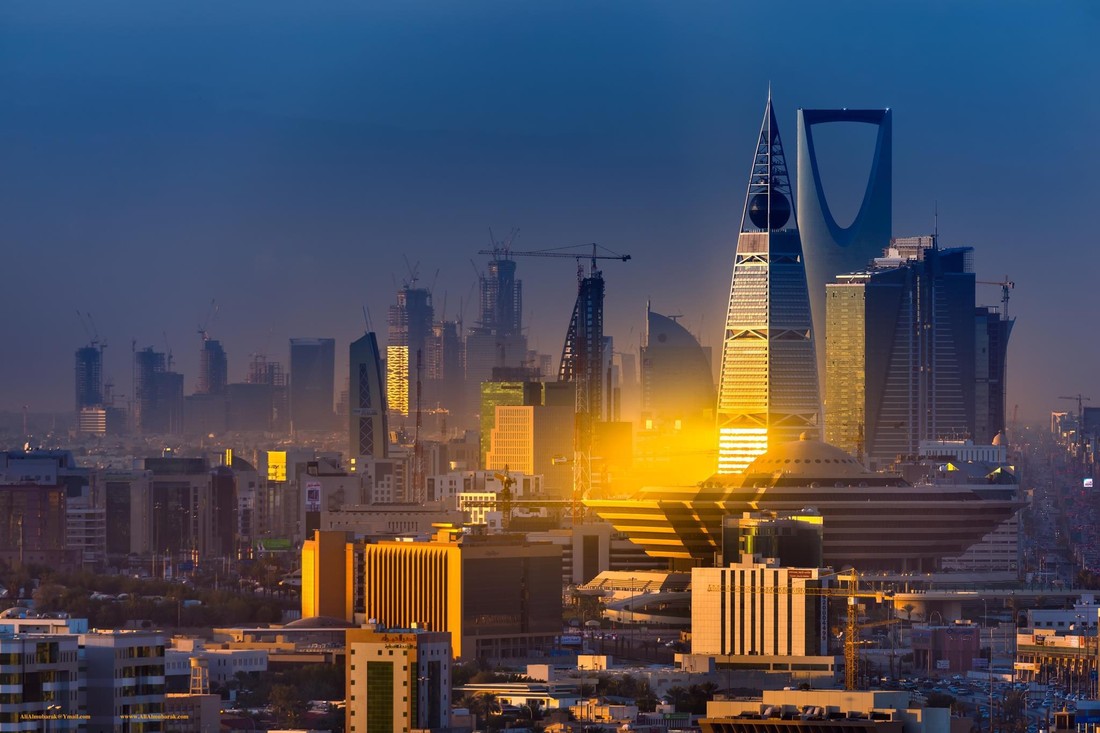
Libya
This Islamic state is located on the African continent. Environmental problems are primarily associated with oil and natural gas production. Secondly, a huge role in environmental pollution is played by the fact that in Libya, after the overthrow of the legitimate government, a civil war has been going on for many years. Under such conditions, the work of communal services is drastically complicated, which is why there are systematic interruptions in the supply of drinking water and timely garbage collection.
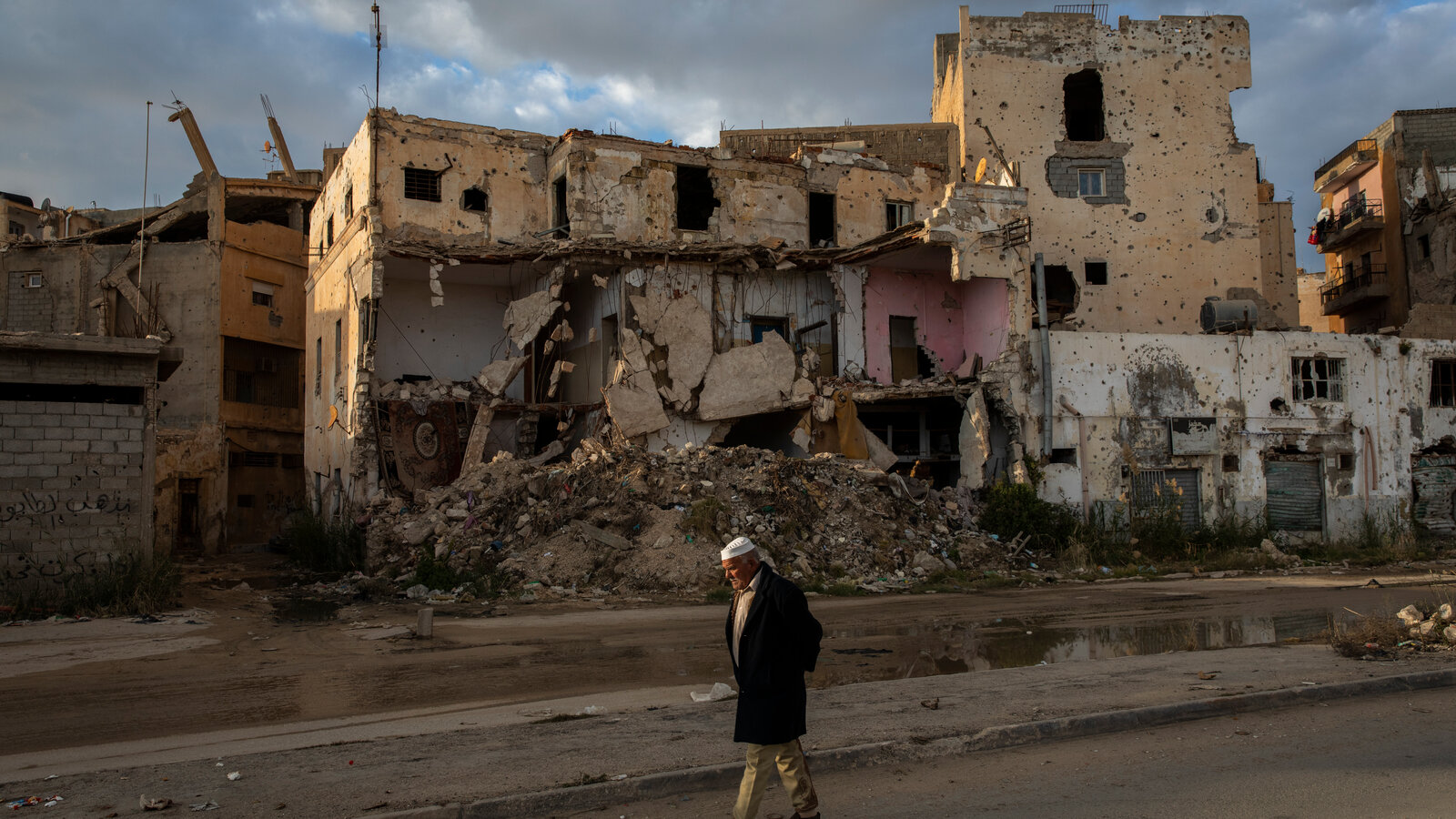
Cameroon
In this country, the problem of creating spontaneous garbage dumps has reached the level of an ecological disaster. Piles of rubbish that are not properly processed poison the environment. In addition, the city streets of Cameroon are also littered with waste that utilities are in no hurry to dispose of.
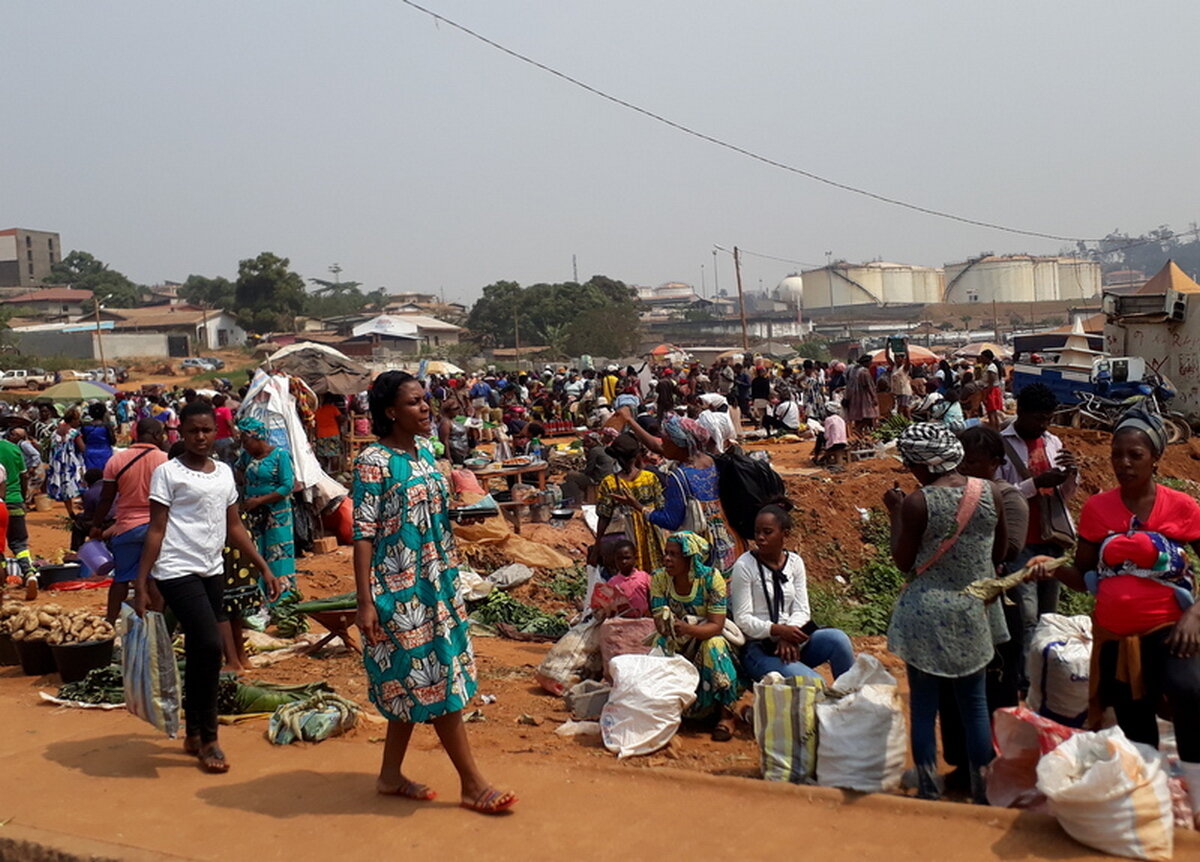
Nepal
In this country, the difficult environmental situation is associated with the poor performance of city services that cannot cope with the abundance of garbage on the streets. Nepal’s low economic development and relatively high population density are the factors that turn this small country into one big dump.
